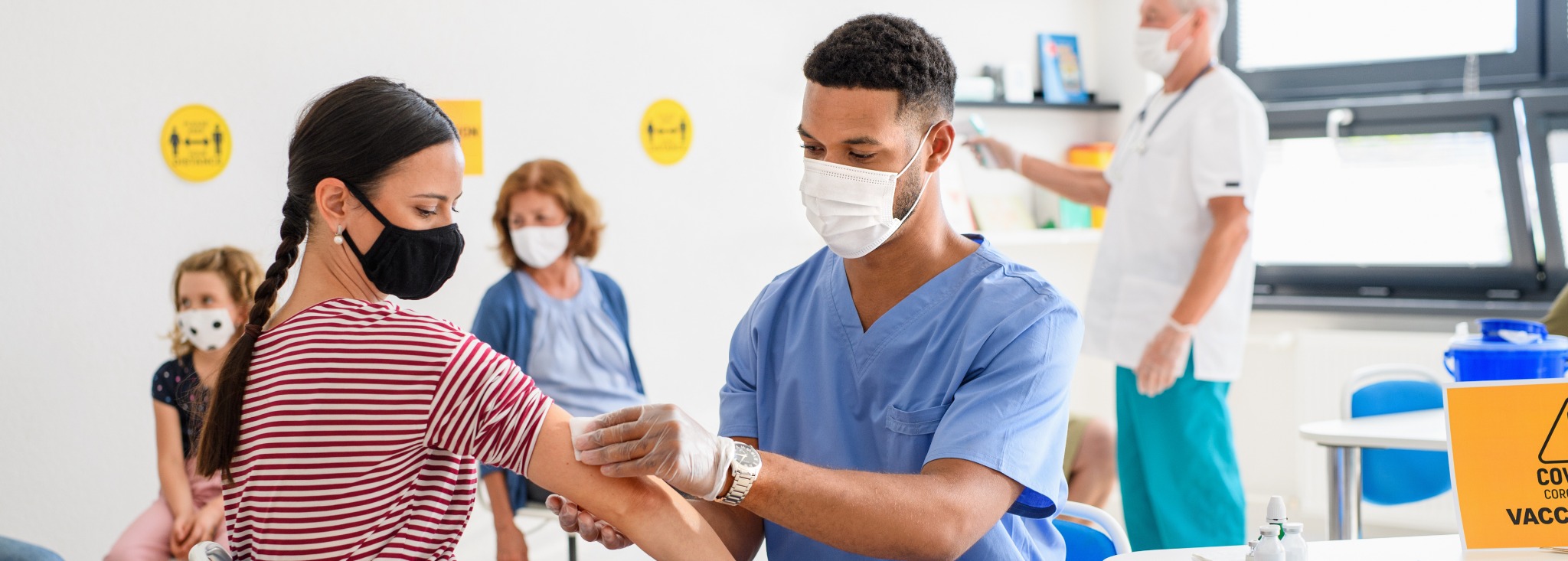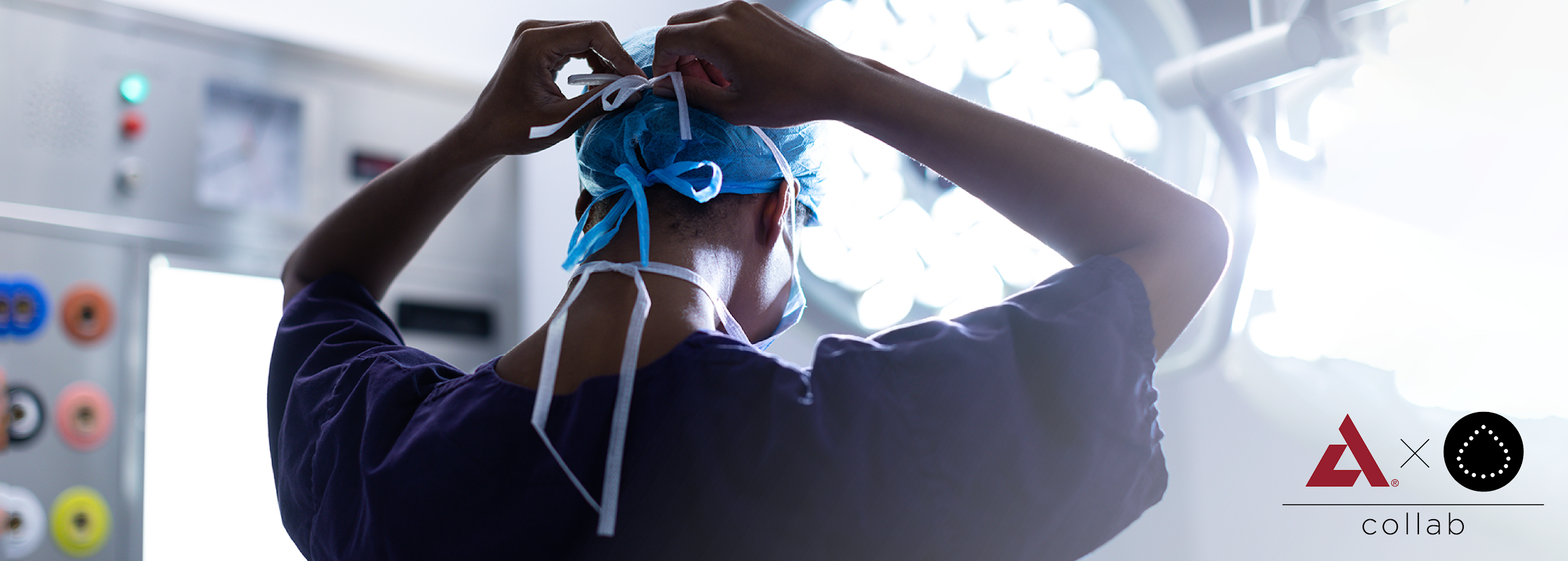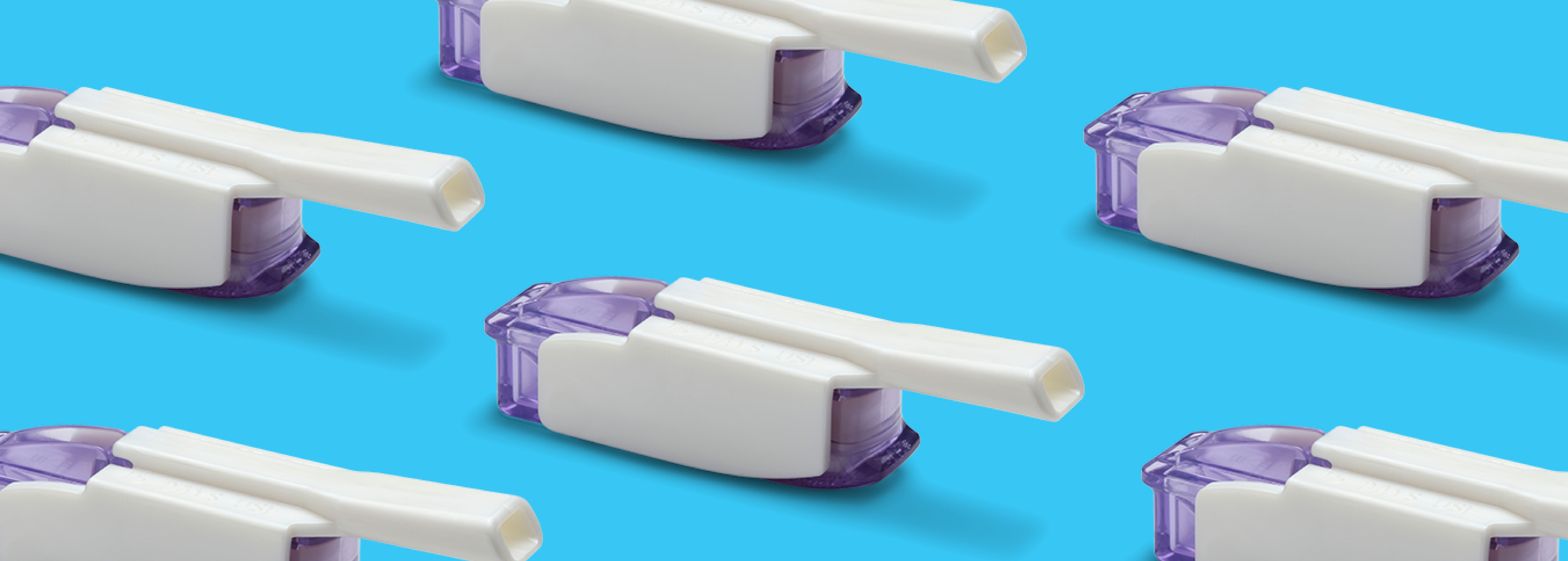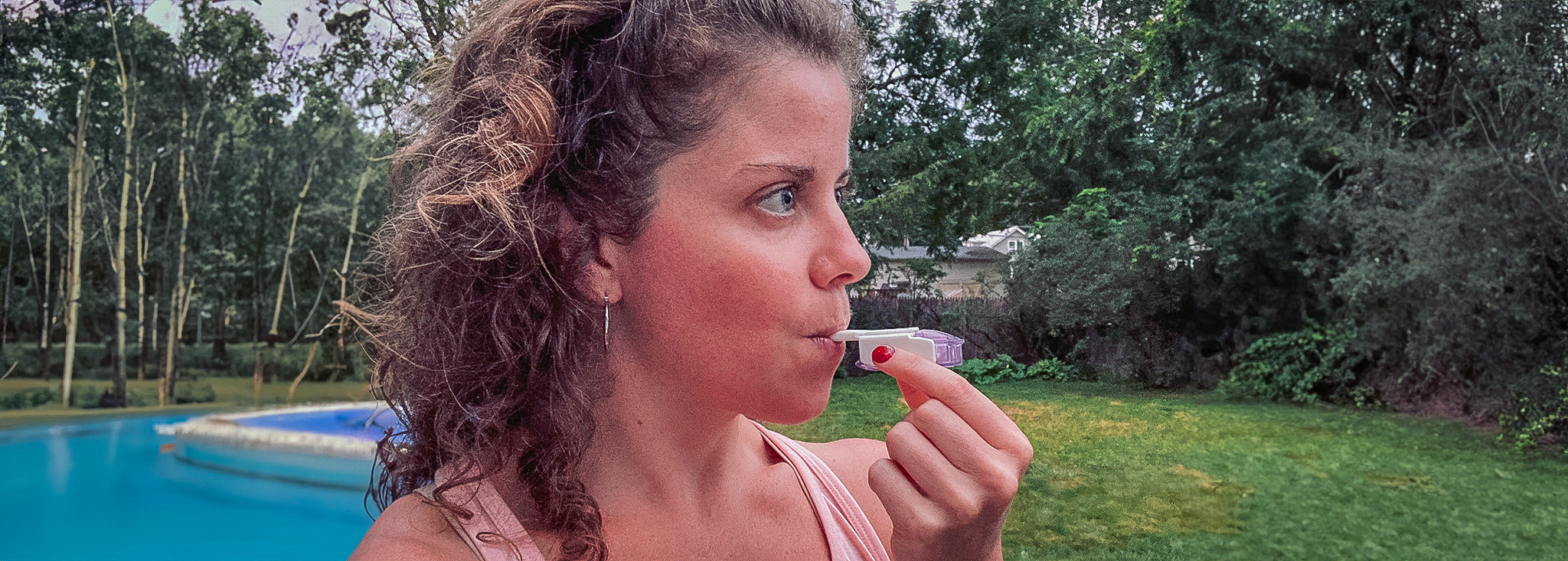All About Glaucoma in People with Diabetes
Written by: Ginger Vieira
7 minute read
May 20, 2021
Glaucoma is usually related to pressure in your eyes that is higher than normal—and it’s more common in people with diabetes. That being said, some people can develop glaucoma despite normal eye pressure levels.
Glaucoma is the leading cause of irreversible blindness worldwide, it affects approximately 80 million people across the globe.
People with diabetes are twice as likely to develop glaucoma compared to people without diabetes, but there are steps you can take to reduce your risk and protect your vision.
Scheduling an eye exam with an optometrist (eye doctor) every year is the best way to catch glaucoma in its earliest stages, before it damages your vision.
What is glaucoma?
Glaucoma is a condition that usually develops when the pressure in your eye gradually increases and damages the optic nerve. The optic nerve sends everything you look at with your eyes to your brain, giving you the ability to see.
The two most common types of glaucoma are:
Primary open-angle glaucoma (POAG)
The most common type, especially in people with diabetes, begins with a very gradual and painless buildup of pressure in your eye.
Healthy eyes have a constant production of fluid that flows throughout the eye and then drains through drainage channels. In most cases of POAG, those channels have become blocked for a number of potential reasons and the fluid builds-up, increasing the pressure in your eye, also known as intraocular pressure (IOP).
As the pressure in your eye continues to increase, it damages the optic nerve. More specifically, the pressure damages and kills the retinal ganglion cells within the optic nerve, leading to irreversible vision loss.
Angle-closure glaucoma (ACG)
Also referred to as closed-angle glaucoma or narrow-angle glaucoma, this far less common condition develops when the iris (the colored part) of your eye is too close to the channels where healthy eye fluids drain from the front of the eye.
Your iris normally controls how much light can enter your eye, but it can actually block those essential drainage angles, creating rapid spikes in eye pressure. This form of glaucoma is rare and can call for sudden emergency care.
Symptoms of glaucoma
The earliest stages of glaucoma have no symptoms, which is why your annual eye exam is so important. This exam is the most effective way to catch glaucoma in its earliest stages and prevent vision loss.
As glaucoma progresses, symptoms can include:
- Blurry vision
- Halos around lights
- Blind spots in your peripheral vision
- Sharp pain in your eyes (rare)
- Headaches (rare)
If you experience any of these symptoms, reach out to your health care team.
Why glaucoma is common in people with diabetes
Glaucoma is more common in people with diabetes for several reasons, according to the Glaucoma Research Foundation.
- Retinopathy can lead to drainage blockages
In a person with diabetic retinopathy, there is a growth of abnormal blood vessels. These blood vessels are fragile and prone to leaking. They can also potentially block the natural drainage system for fluid in your eyes. - Chronically high blood glucose (blood sugar) levels
Chronically high blood glucose levels can damage blood vessels and nerve-endings throughout your eyes, leading to chronic inflammation and increased pressure in your eyes. Like most diabetes eye complications, you can reduce your risk of developing glaucoma by managing healthy blood glucose levels and an A1C at or below 7 percent. - High blood pressure (hypertension)
Approximately 71 percent of people with diabetes also have high blood pressure, but the Glaucoma Research Foundation states that high blood pressure alone cannot cause glaucoma. When combined with other risk factors, like high blood glucose levels and retinopathy, it can be a contributing factor to IOP.
Other risk factors for glaucoma
In addition to having diabetes, retinopathy and high blood pressure, there are a few other risk factors that can increase your risk of glaucoma and contribute to the development of the condition.
- Being over 40 years old
- A family history of glaucoma
- African, Hispanic, or Asian heritage
- Naturally high eye pressure
- Long-term use of steroid medications
- A thin center of the corneas
- Thinning of the optic nerve
- Migraines
- Low blood circulation
Diagnosing glaucoma
Your eye doctor will examine your eyes for signs of glaucoma by evaluating several aspects of eye health:
- Eye pressure (IOP)
- Eye’s drainage angle
- Optic nerve
- Peripheral vision
- Cornea thickness
How is glaucoma treated?
Your treatment plan will depend on the severity of your glaucoma. Treatment options include:
- Prescription eye drops: The first line of defense for the earlier stages of glaucoma is often eye drops. These eye drops will decrease eye pressure by improving fluid drainage and/or reducing fluid production.
- Micro-invasive glaucoma surgery: A potential treatment for less severe cases of glaucoma, it works to either remove or open the tissue around the base of the cornea so that fluid can drain, which reduces IOP.
- Argon laser trabeculoplasty (ALT): A common laser surgery for glaucoma, it works by opening the drain blockages so fluid can drain more easily. Very effective in treating POAG, it’s normally done in two treatments, applying ALT to one half of the eye at a time to see its efficacy before treating the second half.
- Selective laser trabeculoplasty: The second most common laser surgery method. It works by lowering IOP. Repeated treatments might be necessary because it can only be applied to a few areas at a time.
- Laser peripheral iridotomy: This laser treatment is for a rare type of glaucoma, ACG. It creates a small hole in the iris that allows fluid to drain, relieving eye pressure.
- Cyclophotocoagulation: A last resort if other methods fail, this type of laser surgery uses a laser beam directed at the inside of your eye to temporarily reduce pressure. This treatment should be performed repeatedly to maintain safe eye pressure levels.
If you suspect you may be experiencing symptoms of glaucoma, reach out to your eye doctor immediately.
Eye Health content is created through the ADA x BT1 Collab, with support from Focus on Diabetes™.
Related Resources

Editor’s Note: We have a simple goal: tap into the power of the global diabetes...
Read more

Coverage of the ADA Scientific Sessions is brought to you by the ADA x BT1...
Read more

Coverage of the ADA Scientific Sessions is brought to you by the ADA x BT1...
Read more


